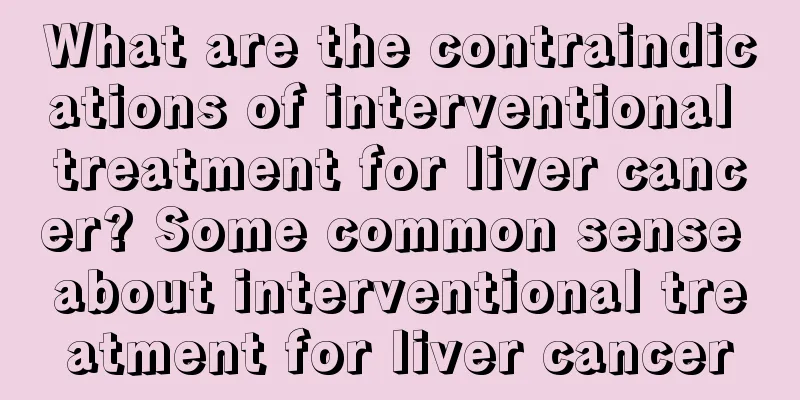What are the symptoms of high blood pressure? Do you have these symptoms?

|
The phenomenon of hypertension is now becoming more and more common, especially among young people. The key to this disease is to first understand some common symptoms, such as dizziness, tinnitus, fatigue and insomnia in the early stages. 1. Slow-onset hypertension 1. Early manifestations: There are usually no symptoms in the early stages. Occasionally, high blood pressure may be found during physical examinations, or dizziness, headache, blurred vision, tinnitus, insomnia, fatigue, and inattention may occur after mental tension, emotional excitement, or fatigue. These symptoms may be caused by higher-level mental dysfunction. Blood pressure only rises temporarily in the early stages, and as the disease progresses, blood pressure continues to rise and organs are affected. 2. Brain manifestations: Headache and dizziness are common, mostly caused by emotional excitement, excessive fatigue, climate change or discontinuation of antihypertensive drugs, sudden increase in blood pressure, severe headache, visual impairment, nausea, vomiting, convulsions, coma, transient hemiplegia, aphasia, etc. 3. Cardiac manifestations: In the early stage, heart function is compensated and symptoms are not obvious. In the later stage, heart function is decompensated and heart failure occurs. 4. Renal manifestations: Long-term hypertension leads to renal arteriosclerosis. When renal function is impaired, it can cause nocturia, polyuria, protein, casts and red blood cells in the urine, poor urine concentrating function, phenol red excretion and urea clearance disorders, and the occurrence of azotemia and uremia. 5. Arterial changes. 6. Changes in the fundus. 2. Acute hypertension Also known as malignant hypertension, it accounts for 1% of hypertension. It can be a sudden change from a slowly progressive type, or it can start suddenly. Malignant hypertension can occur at any age, but it is most common in 30-40 years old. Blood pressure is significantly elevated, and diastolic pressure is mostly above 17.3Kpa (130mmHg). There are symptoms such as fatigue, thirst, and polyuria. Vision decreases rapidly, and there are retinal hemorrhages and exudations in the fundus. There is often bilateral optic disc edema, and proteinuria, hematuria and renal insufficiency appear rapidly. Heart failure, hypertensive encephalopathy and hypertensive crisis may also occur. The course of the disease progresses rapidly and most patients die of uremia. |
<<: What are the hazards of high blood pressure? These aspects have a great impact
>>: 5 tips to relieve foot bone hyperplasia
Recommend
What should I do if air enters my blood vessels during infusion?
Infusion is one of the most widely used methods i...
Seven steps to prevent occupational cervical spondylosis
Step 1 - Change the pillow Three principles: mode...
What painkillers are used in late stage lung cancer
Lung cancer patients can relieve pain by taking m...
How to wash ink dropped on clothes?
In our daily life, the clothes we wear are clean....
Will the big toe bone get bigger?
The human body's feet are very important beca...
What's going on when I feel dizzy and have a stomachache?
If you often feel dizzy and have stomach pain, yo...
Photorejuvenation to remove red blood streaks
In life, some people with thin stratum corneum wi...
The difference between arterial blood and venous blood
Blood is an important component of the human body...
What are the early symptoms of internal hemorrhoids and rectal cancer
The initial symptoms of internal hemorrhoids incl...
What should I do if there is dead skin next to my nails
Every woman wishes to have a pair of beautiful ha...
Is what's in the ice pack poisonous?
Ice packs are very common in our lives. For examp...
What are the causes of cerebral blood vessel rupture?
If a cerebral blood vessel bursts in real life, i...
Is cockroach killer harmful to human body?
Cockroach killer is a medicine for killing cockro...
What are the disadvantages of not getting sun exposure
With the quickening pace of modern life, more and...
What kind of belly belt works best
There are many types of belly belts in life, and ...









